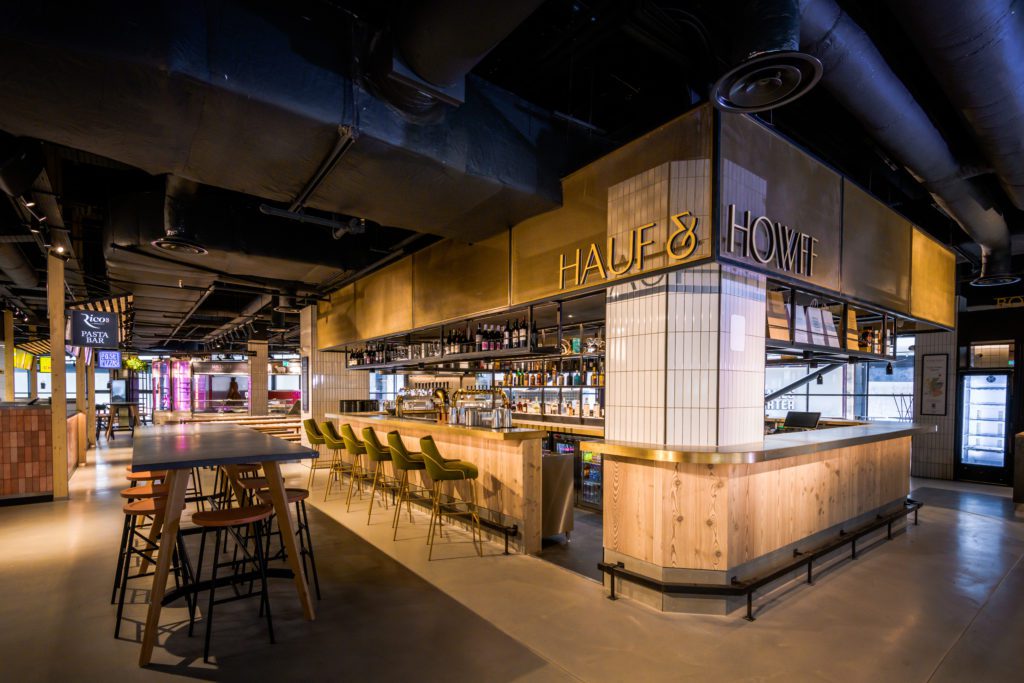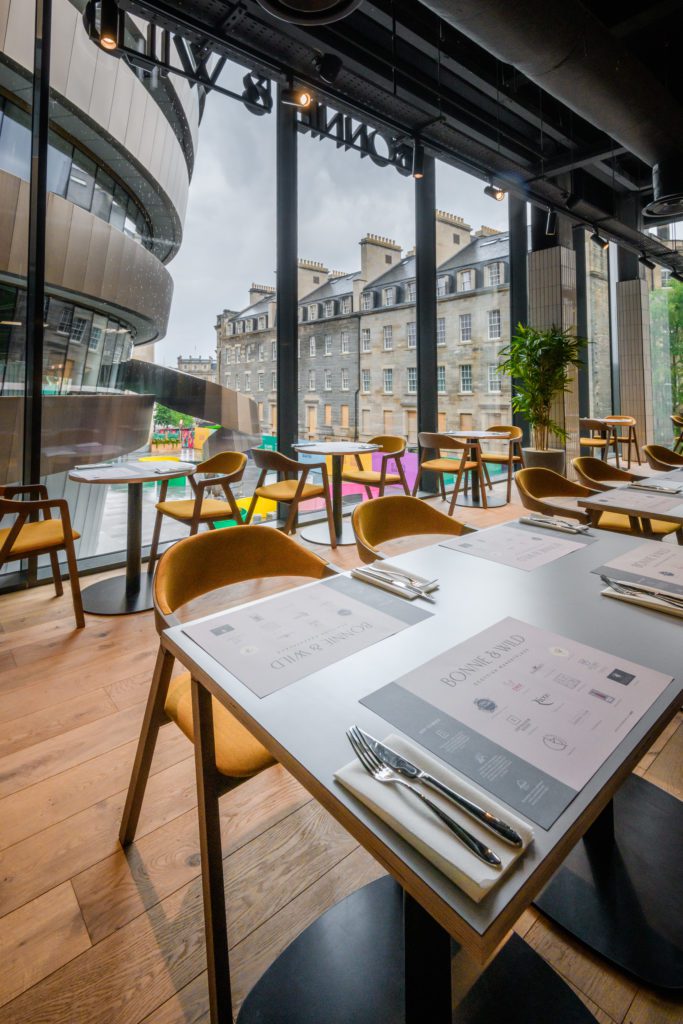When you think about a food court in a shopping centre, you’ll probably picture a soulless space full of fast food and bad coffee, which is why the introduction of Bonnie & Wild in Edinburgh’s St James Quarter three years ago was such an intriguing concept.
The team behind Bonnie & Wild took the idea of a food court and brought it into the modern day - by allowing it to showcase Scottish produce from independent restaurants and businesses. The look and feel of the space - where diners can sit where they choose and order from a plethora of different dining options including seafood, burgers, pizzas and pancakes - is sleek and modern. There is space for 700 diners, each table has its own QR code and there are various seating options from large benches to smaller tables.
Ahead of opening, three years ago, I went along for a sneak peek of the options and was pleasantly surprised by what I saw, and ate. In the lead up to opening, a range of well-known and popular names in Scotland's restaurant scene confirmed they'd open outlets in Bonnie and Wild.
From The Gannet to Salt and Chilli Oriental and Gary Maclean’s first solo venture, there was a lot to be excited about, and there still is. Some places have gone, but others have opened in their place and there’s been a steady stream of events, including a regular ceilidh, held in the space.
Three years on, I spoke to Ryan Barrie, Managing Director, Bonnie & Wild, Gary Maclean, head chef and owner of Creel Caught who has been there from the start and Nick Watkins, owner of El Perro Negro who joined Bonnie & Wild in late 2021.
You may be wondering how a quality food-focused offering came about and why it hasn’t been done before. Ryan Barrie explained the beginnings of Bonnie & Wild: “Bonnie & Wild’s Scottish Marketplace was the long-held vision of Charlie McAlpine, Bonnie & Wild's Chief Executive, who saw an opportunity for a high quality food hall in Scotland showcasing Scottish produce, while also being frustrated that so much Scottish produce, particularly Scottish meat and fish, was being exported yet inaccessible to people here.
"His vision was for an open, accessible and welcoming food hall that showcased the best of Scottish food and drink, and which could rival the great food halls of Europe and further afield, and be the flagship F&B offer at the new St James Quarter.”
When it comes to the guest experience, Barrie said: “Guests can expect an exceptional level of service and high-quality food and drink, but it’s also an appealing, open and accessible space where the choice is unrivalled.
"We've sought to give young, entrepreneurial food and drink businesses a prominent city centre platform that they might not be able to access on their own - this collective and supportive approach is one of the key ingredients of Bonnie & Wild, and something you might not expect in a traditional food court, and probably something we'll see more people trying to replicate.”
When I first visited, most of the food outlets were west coast businesses making their debut into Edinburgh, and I wondered if Glasgow could see a Bonnie & Wild food court any time soon.
When asked if we could see the concept being replicated, Barrie said: “Yes, definitely, and not necessarily just Scotland …” So what makes a Bonnie & Wild outlet work? “It's a key part of the concept that Bonnie & Wild evolves as a business and its offer is always fresh and there's something for everyone”

Barrie explained. “That means changing menus with the seasons, and rotating our concessions as trends and tastes change. Our plan was for a fish counter and a butcher initially. That didn't work so we adapted. Meanwhile, our Scottish deli Soup & Caboodle has thrived.
"While there are a number of factors for what we're looking for in a new concession, such as a commitment to Scottish produce and ability to maintain service levels in what is the country's busiest hospitality venue, as a management team we’ve also got to look at the bigger picture.
"That means examining the sales mix across the whole unit, understanding trends, and responding to them. And of course it’s important to work with people who share our vision and passion.”
As a business owner who has been there since opening Gary Maclean explained that it was the focus on Scottish produce that attracted him to opening Creel Caught in Bonnie & Wild.
He said: “There were loads of reasons why I was keen to get involved in Bonnie & Wild. The main one was the ethos of its Scottish Marketplace, the focus on Scottish produce was the thing that really sparked the excitement for me. I also love the location right in the heart of the city.
"The openness of the space is also amazing: every kitchen is part of the room. This makes it a fantastic experience for both the customers and the staff. Most food courts I have been to are back to basics when it comes to design and furniture.
"Bonnie & Wild was very different when it came to that side of things. It took the approach of designing a restaurant space - the attention to detail and quality of finish was incredible.”

Nick Watkins added: “For us it was a great opportunity to move to the capital without having the risks associated with a standalone business, especially after Covid.”
He also said that the customer base is different from his flagship venue in Glasgow, saying: “Bonnie & Wild caters to a wide range of customers, young, old, families, tourists, as well as corporates and professionals. It’s very wide ranging and it gives us access to a much wider customer base than we normally get in Glasgow.”
As for the next three years, don’t be surprised if this grown up food court gets bigger. Barrie said: “I expect the line-up will look a little bit different as we continue to evolve.
"Our programme of pop-ups will have established itself. We'll certainly continue to work with Scottish brands to showcase Scotland's incredible food and drink sector. And I suspect some of our attention will be on expansion.”
